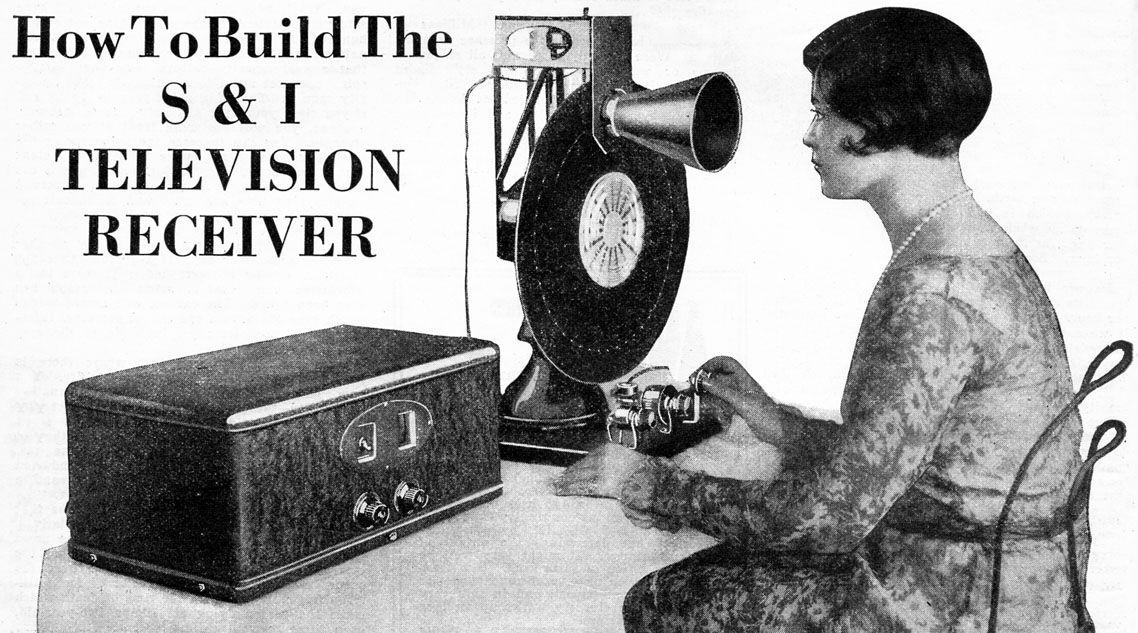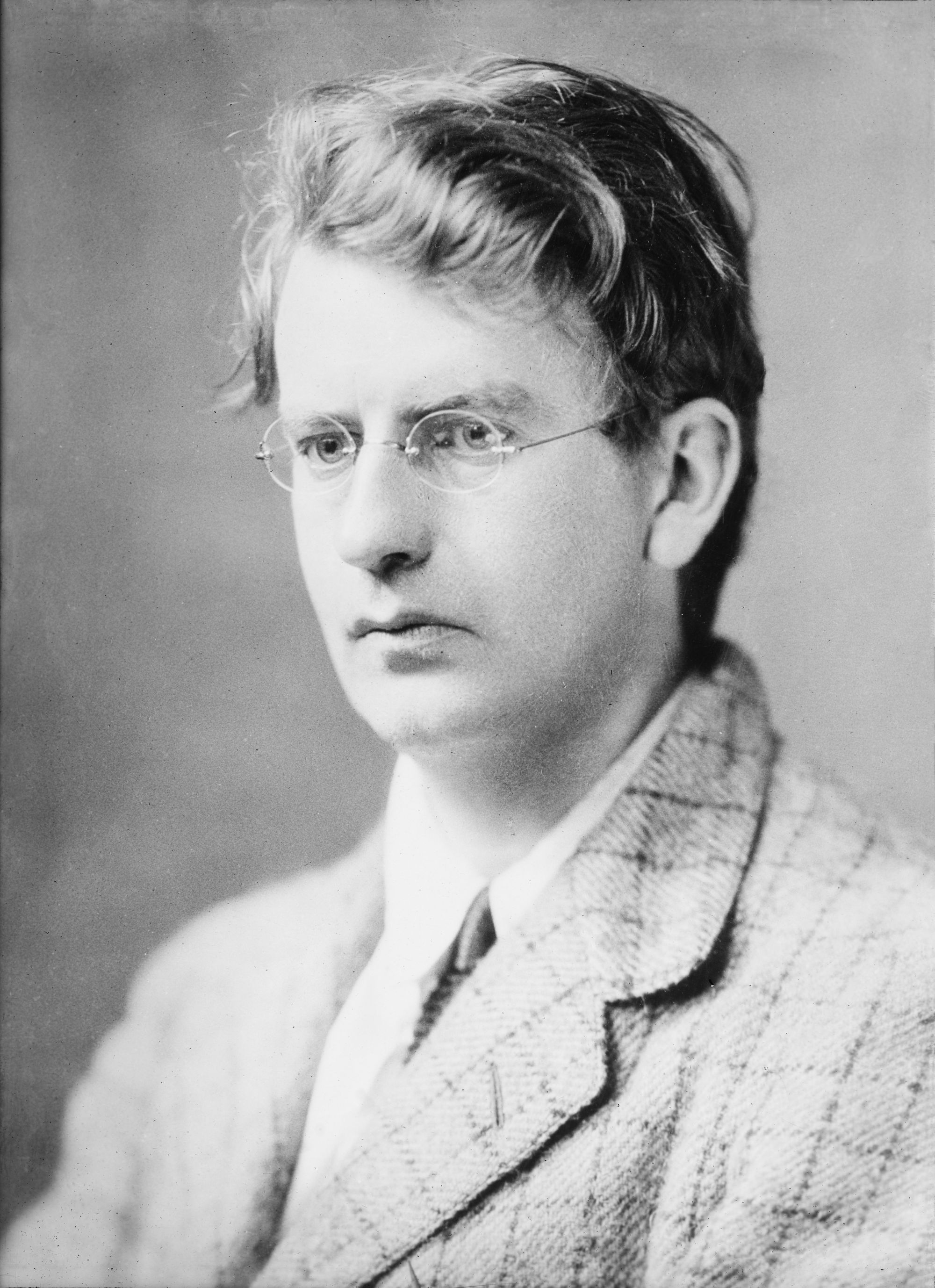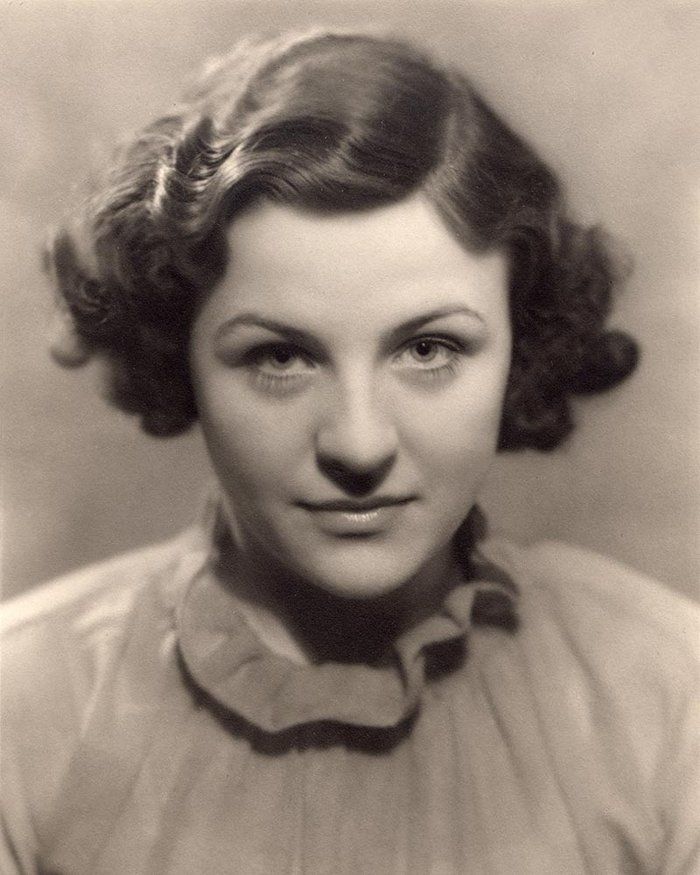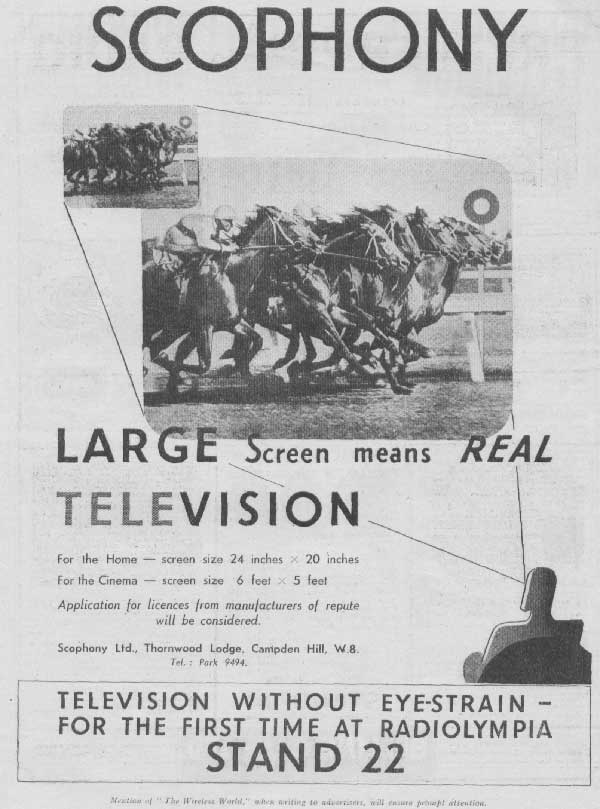The mechanical TV
Flashing lights, whirling discs and tiny, blurry moving pictures. TV got off to a strange and rocky start.

TV, older than instant coffee, not as old as Nintendo and still as popular as ever. The definition of TV might've changed a lot recently, moving away from broadcast programming to streaming, large screens to hand held, and available in unimaginable quantity with more than 300 hours of new content available online every single minute.
All forms of TV and video content these days use electronic methods to record, transmit and reproduce images, but this was not always the case. In the first decade or so of television images were recorded using 'flying spots' and reproduced by flashing lights and whirling discs responding to signals sent from radio stations and universities.
This is the story of the rise and decline of the curious mechanical TV.

Spinning Discs
By some measure TV was invented before radio. Paul Nipkow patented a mechanical TV system in 1884 (Marconi was about 10 years old at the time). Its not clear if he ever made his system and it isn't really television as we know it but his work provided the foundation for the development of working mechanical TV.
A key component was the Nipkow disc which allowed for the reproduction of the images. I guess it was named after him or else it's a very interesting coincidence. To picture a Nipkow disc imagine a vinyl record with a small hole drilled near the edge. If you can't imagine a vinyl record I have an idea for a future Vintage Tech entry. Anyway with this record spinning we view a small rectangular window near the edge and light shining behind it. Assuming you are imaging this correctly you would see the small point of light scan past the window while the disc spins, one scan per revolution. The faster the disc spins the longer the dot will appear - spin it fast enough and it will be a (flickering) line across the width of the viewing window.
A single line does not a TV make so lets keep working on this. If the disc has a series of holes drilled into it - in a spiral pattern, then as they go past the window they move further down the rectangle. Spin the disc fast enough and the scanlines, each slightly further down from the previous one, will fill the window and we have have the full 'screen' lit up.
A lit up screen and a whirling disc also does not a TV make so there are a few more things we need to fix here. First is that the light needs to change intensity in order to show light and dark patterns on the screen - no one wants to watch the TV equivalent of the cover the White Album for 238 minutes a day. In order to do this we need a light source that can change intensity very fast and some way to control this. 19th century technology is struggling to keep up with us at this point so let's come back to this in a bit.
The other important thing is that if we are making light and dark patterns they need to be on the right part of the window screen - otherwise we are just watching flashing lights. In this case our magical Nipkow disc helps us out. As long as the holes are spaced out enough that only one is visible through the window at any one time then things should work just fine*
Yes I've just spent 5 paragraphs explaining something that is much more apparent in the picture at the start of this section.

Moving (un-)coloured pictures
Almost got a working TV here. We have a spinning disc, with carefully spaced holes, and a flickering light. All we need to do in order to get this showing a sensible image is to control the flickering light correctly and we are set.
As the disc spins, at any instant the hole is only in one specific place. Like pixels on a modern screen (but not really like pixels at all...) if we 'set' the right intensity of light at that point and for every other point on our screen then we'll have a recognisable picture. Because we only have one light we only have one colour so we have a monochrome TV at this stage.
Each spin of the disc becomes one frame - run enough frames per second and changing images are perceived as motion.
Radio signals provide the information on how intense to make the light and we can transmit images over the air! The radio can also broadcast sound and TV has been achieved, done and dusted.
(I know I said that TV was invented before radio but it didn't actually work until radio was invented)
Hang on
People who know stuff will say "What about John Logie Baird?".

Ok, we've talked about Nipkow but the fantastically named (and kind of grumpy-looking) John Logie Baird is known as the father of television. Our new favourite invention is the Nipkow disc and there ain't no Baird disc so what did he do?
It's not actually known if Nipkow ever made a working TV and it seems unlikely that he would have. John Logie Baird managed to build on the work of Paul Nipkow and mix in some radio and actually get the whole thing working in 1923. The first working TV was made using a hat box and scissors and darning needles and a tea chest and sealing wax and other such hundred year old bric-a-brac. In fact the only reason we don't all build our own TVs these days is the limited availability of tea chests and darning needles.
While promoting TV he visited the newspaper the Daily Express where the news editor gave this enthusiastic response.
"For God's sake, go down to reception and get rid of a lunatic who's down there. He says he's got a machine for seeing by wireless! Watch him — he may have a razor on him."
After electrocuting himself a little he went on to public demonstrations of TV and even colour TV. He managed long distance broadcasting in 1927, transatlantic in 1928 and by the end of the 1920s was regularly broadcasting TV to anyone who had a suitable whirring flashing contraption in their living rooms.
Flying Spots
Recording the image also required a Nipkow disc. Light was sent through the disc and out into the scene where sensors picked up how much light is reflected at that point. This was then broadcast for reproduction.
The sensors weren't very sensitive and needed bright lights and high contrast. This meant that actors had to perform in near darkness with the 'flying spot' from the spinning Nipkow disc illuminating and scanning them. Recording was an issue, the technology wasn't really ever perfected so broadcasts were live and were also best suited to close ups of one person at a time.
I can't imagine that it made compelling viewing but of course the novelty of it had some appeal.
Advancements
Lots of things missing from the TV we've just got to so far, but there were a number of improvements made over mechanical TV's short history.
Colour
Patents on colour television systems go back as far as 1897 with published proposals even older than that. Like a lot of patents nothing was practical or demonstrated for around 30 years.
Our new mate John Logie Baird got it all working in colour in 1928. Using three spirals and coloured filters along with three different coloured lights the disc based system could be adapted to to produce a coloured image.
The first colour broadcast consistent of actress Noele Gordon changing hats.

Image Size
Nipkow disc based TVs need to be designed so that only one spot is visible in the window at any given time. As a result if you need want a bigger screen and/or a higher resolution image you're gonna need a bigger disc. A LOT bigger. If you just keep scaling up then to get an image the size of that of modern TVs you need a disc several storeys high. Remember we need one full revolution of the disc per frame so if we want 25 frames per second the edge of our enormous disc would be travelling faster than the speed of sound.
So....
Magnifying a small image is one solution - the more you magnify an image the brighter light source you need to start with, but that works for a bit and gets your image larger than a postage stamp.
The Scophony system used high speed rotating drums to produce much larger images for home TV use, even competing with electronic telelvision during the 1930s. Some were 9 feet wide and used in movie theatres.

Recording
Early TV - mechanical and electronic was entirely broadcast live without the technology to make or playback recordings.
But...
John Logie Baird did work on a system he called Phonovision that recorded the image (without sound) onto gramaphone records. They were only at 4 frames per second and he never felt like it was good enough to demonstrate - unlike a lot of his other inventions and experiments - but some do survive to this day and predate other recorded television by several decades.
And then gone
Mechanical TV was around for about 15 years and never became hugely popular. There are a number of obvious drawbacks to watching TV on a small blurry screen with a noisy whirling disc in the background.
By the mid-1930s electronic TVs were invented - the kind we are more familiar with - and they were so much better that mechanical TV didn't last much longer after that.
Image Credits
Nipkow Diagram By Hzeller, CC BY-SA 3.0, https://commons.wikimedia.org/w/index.php?curid=3583147
